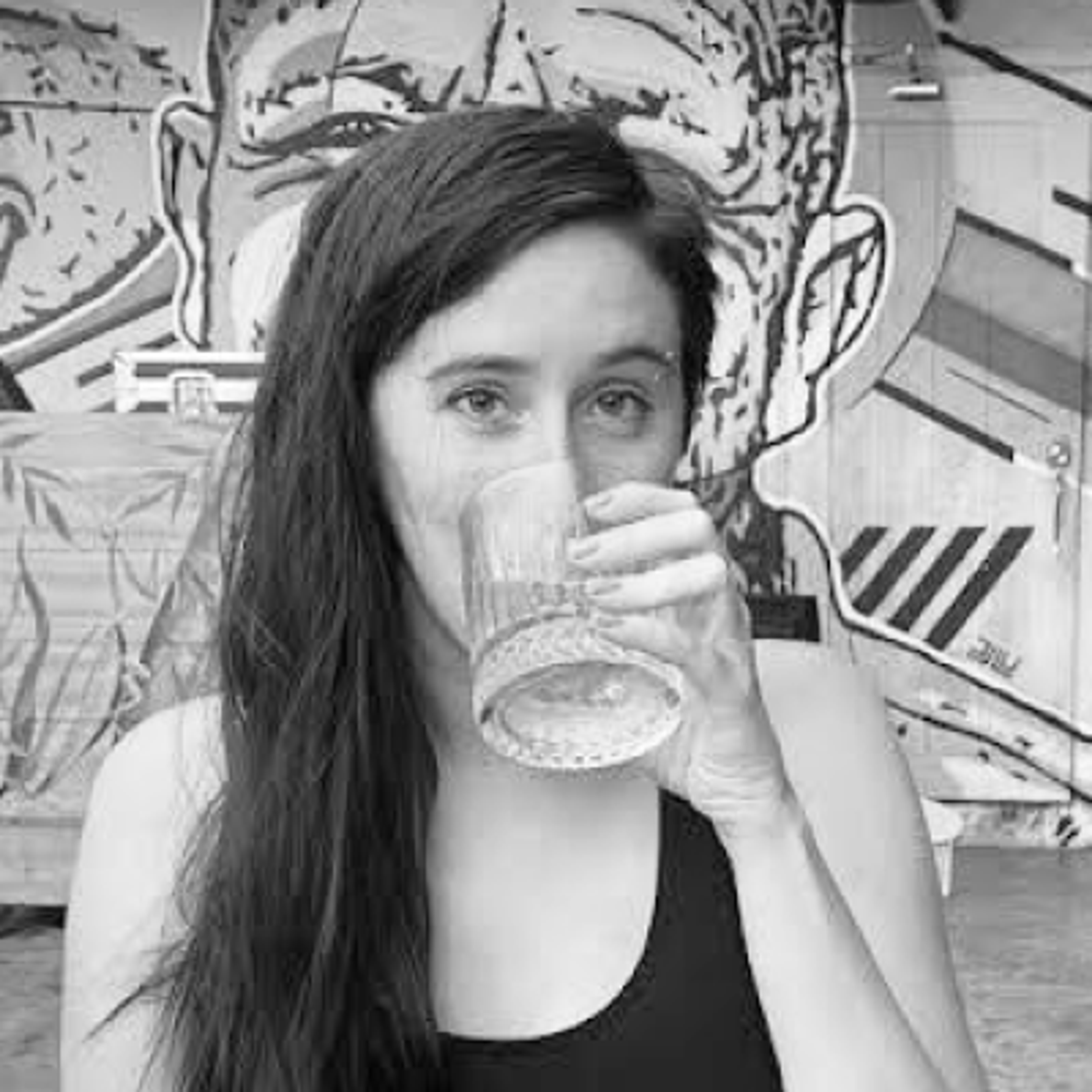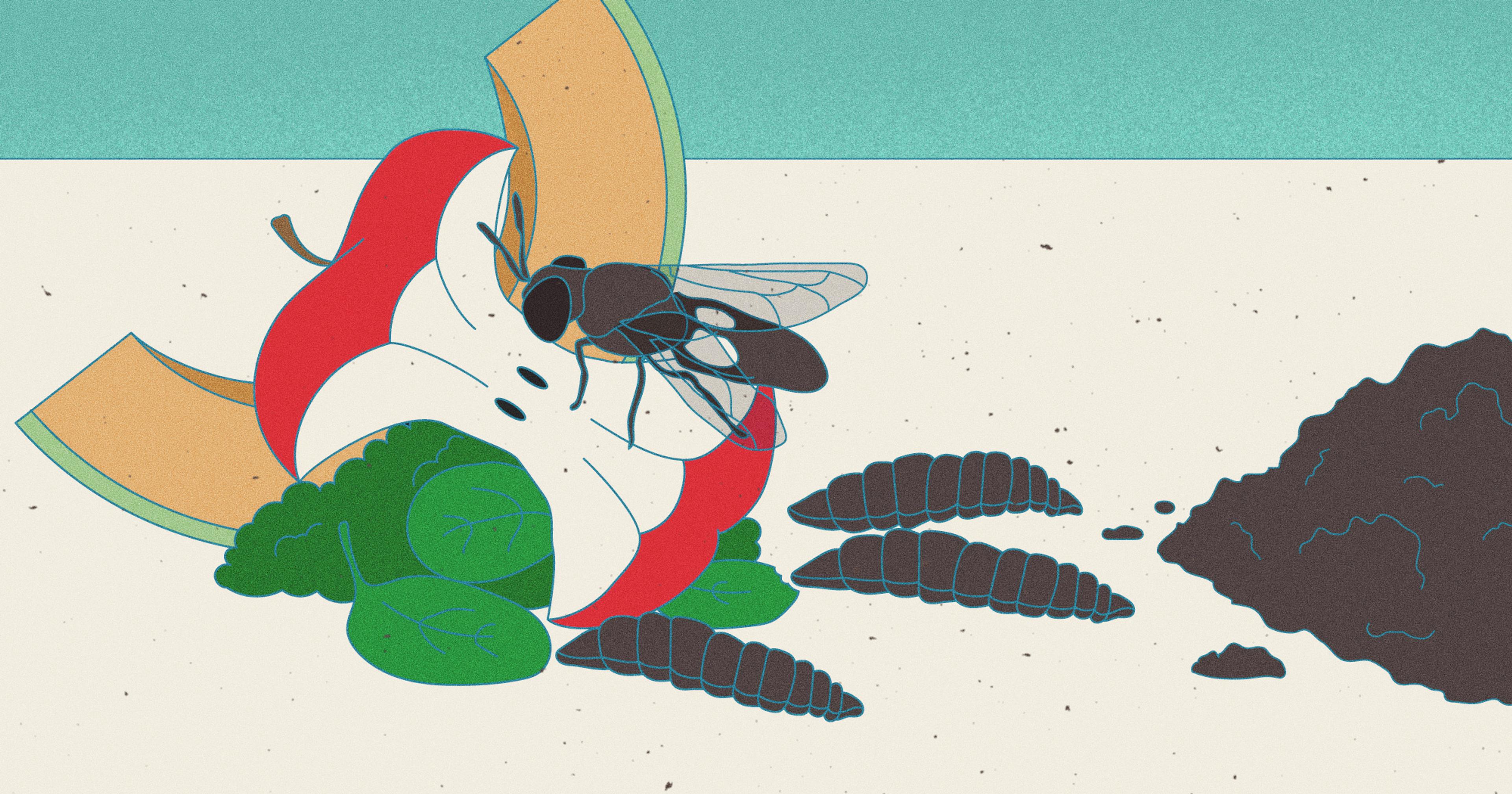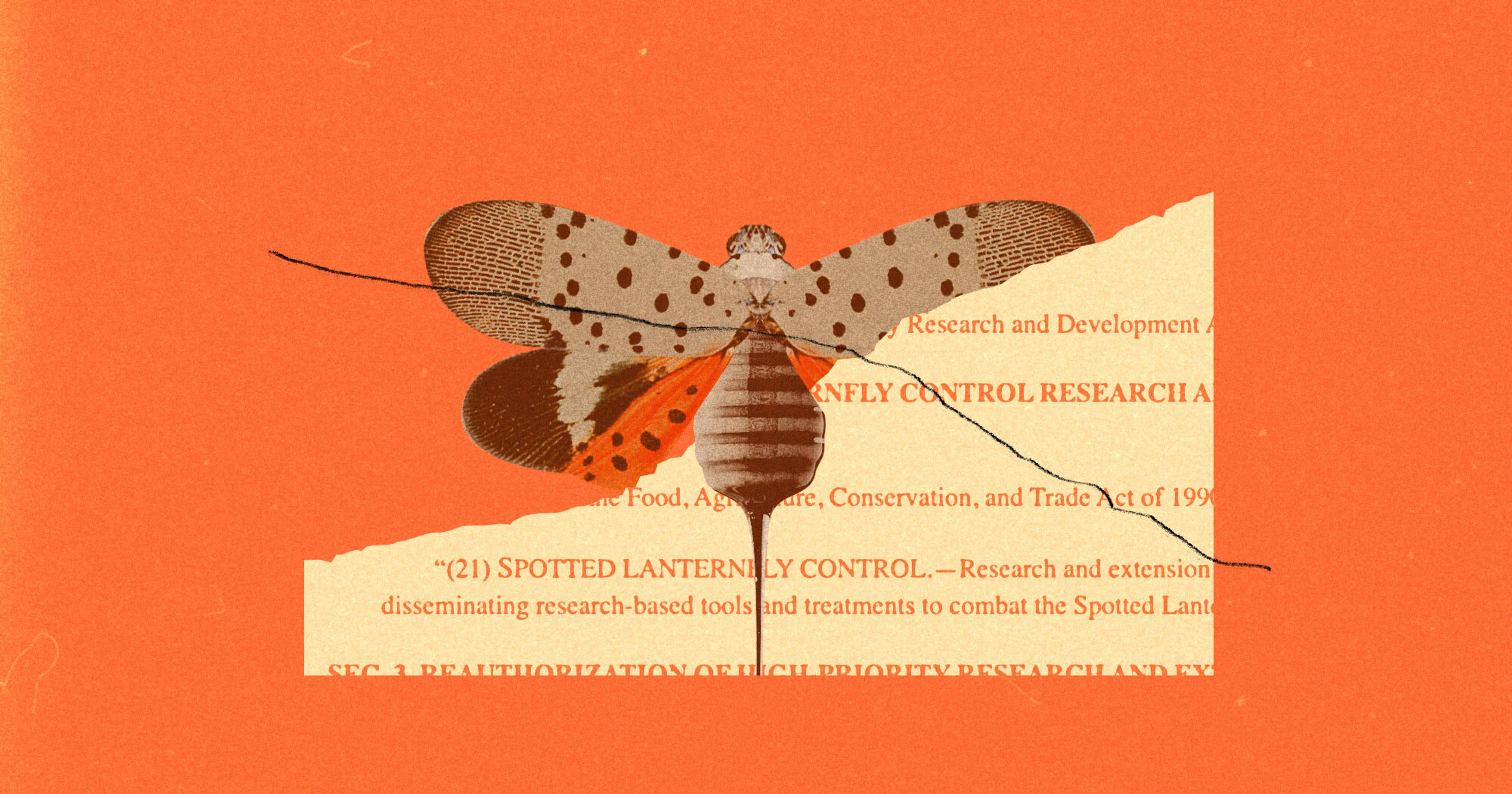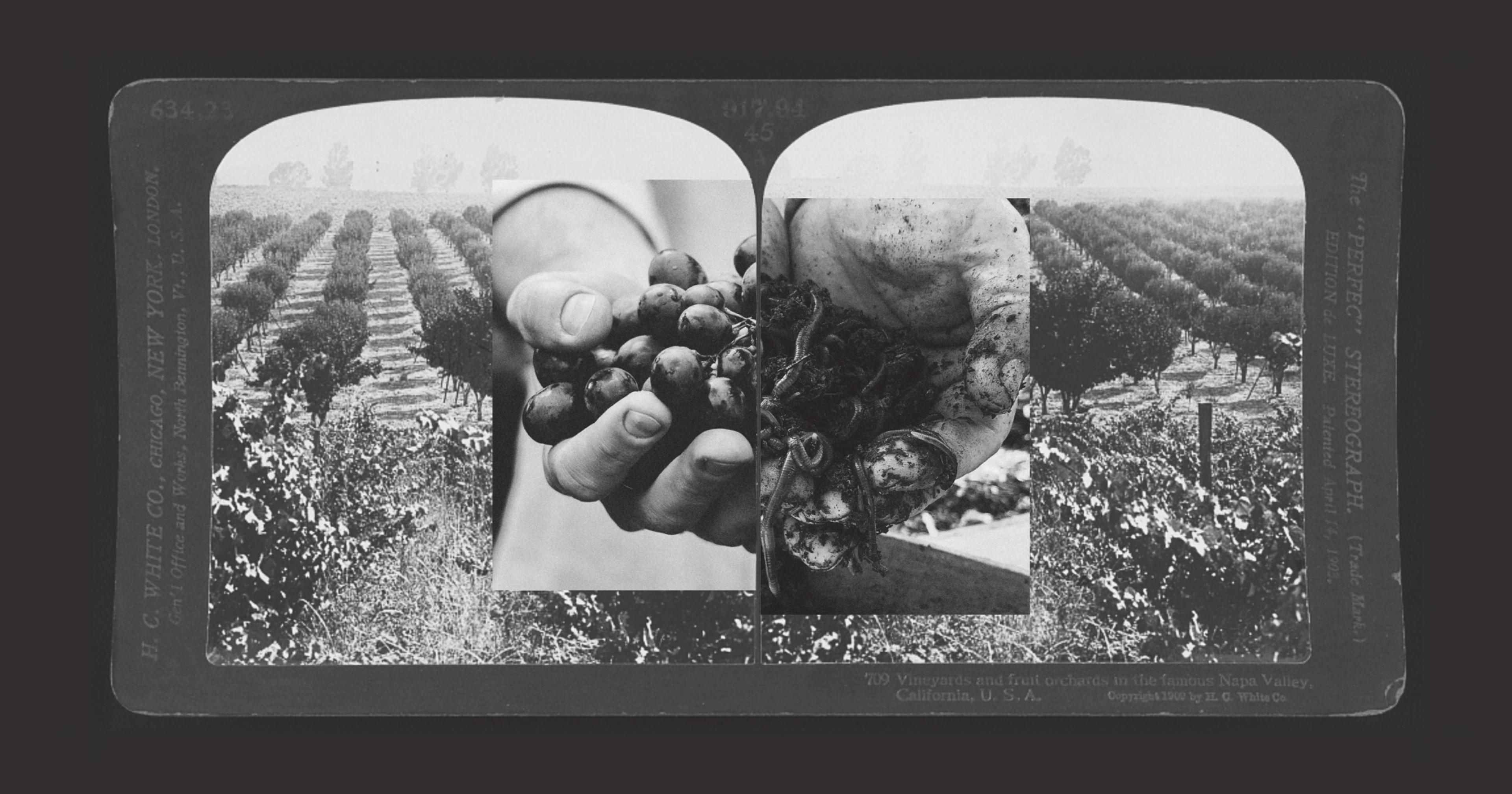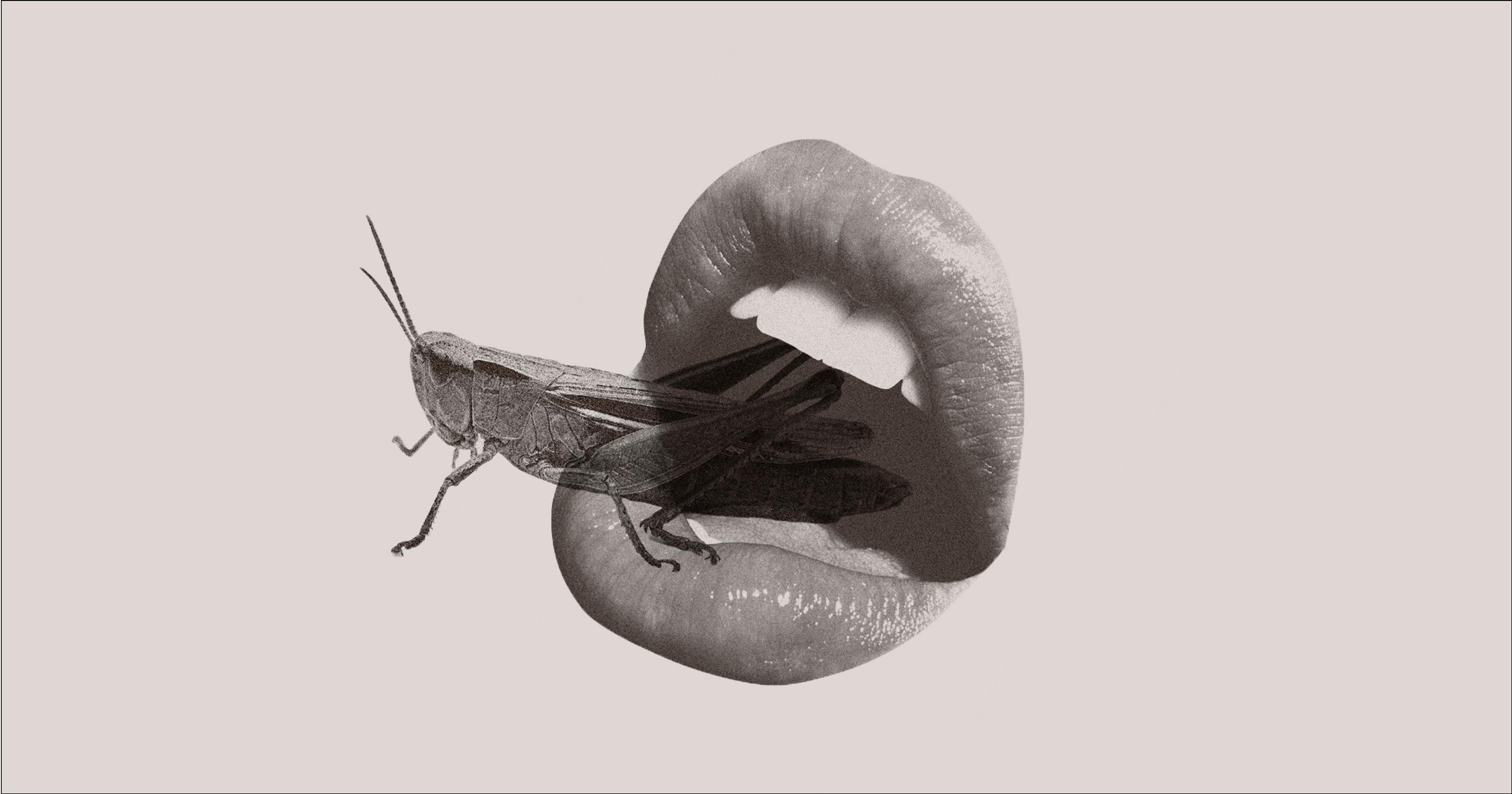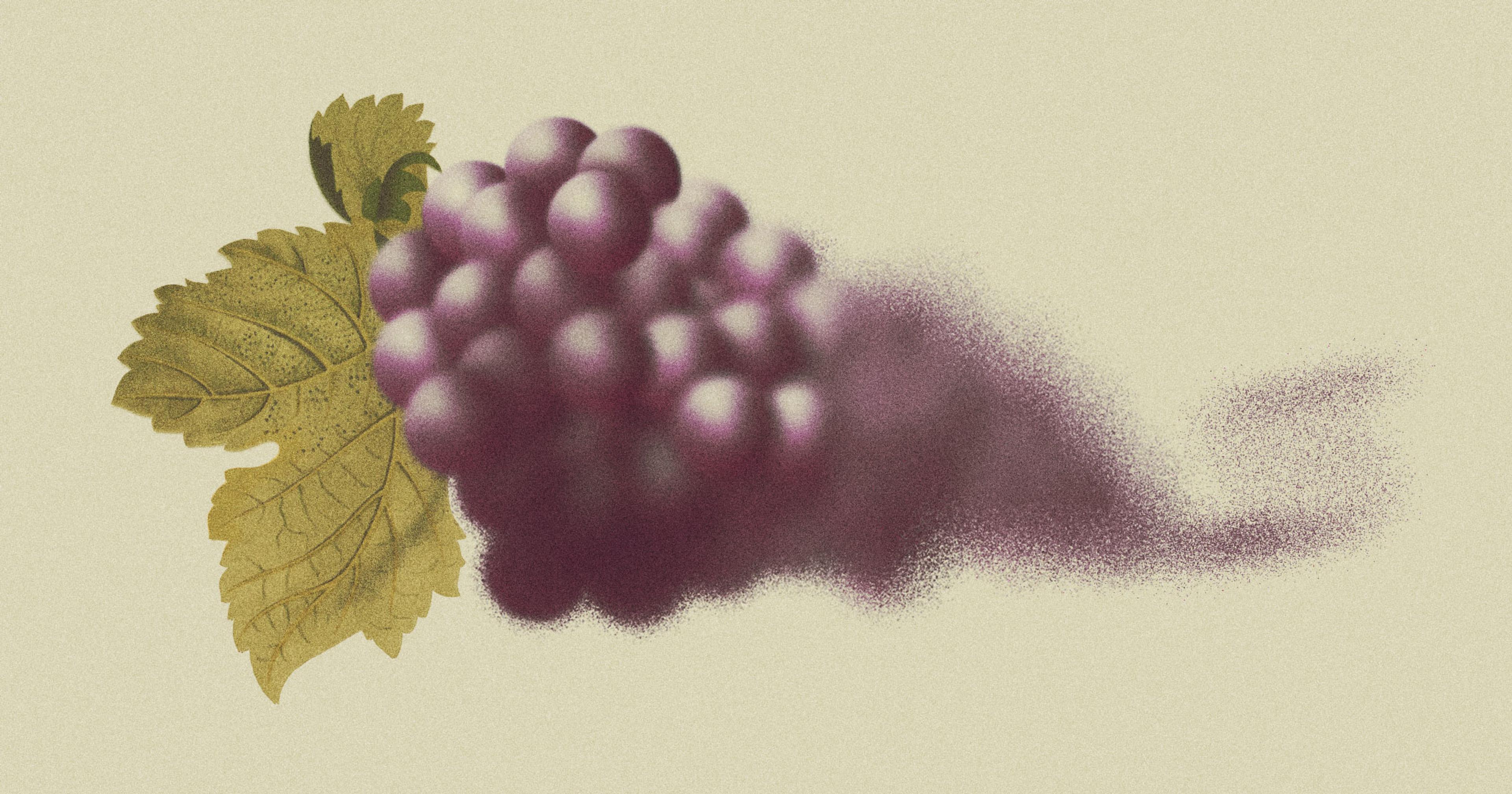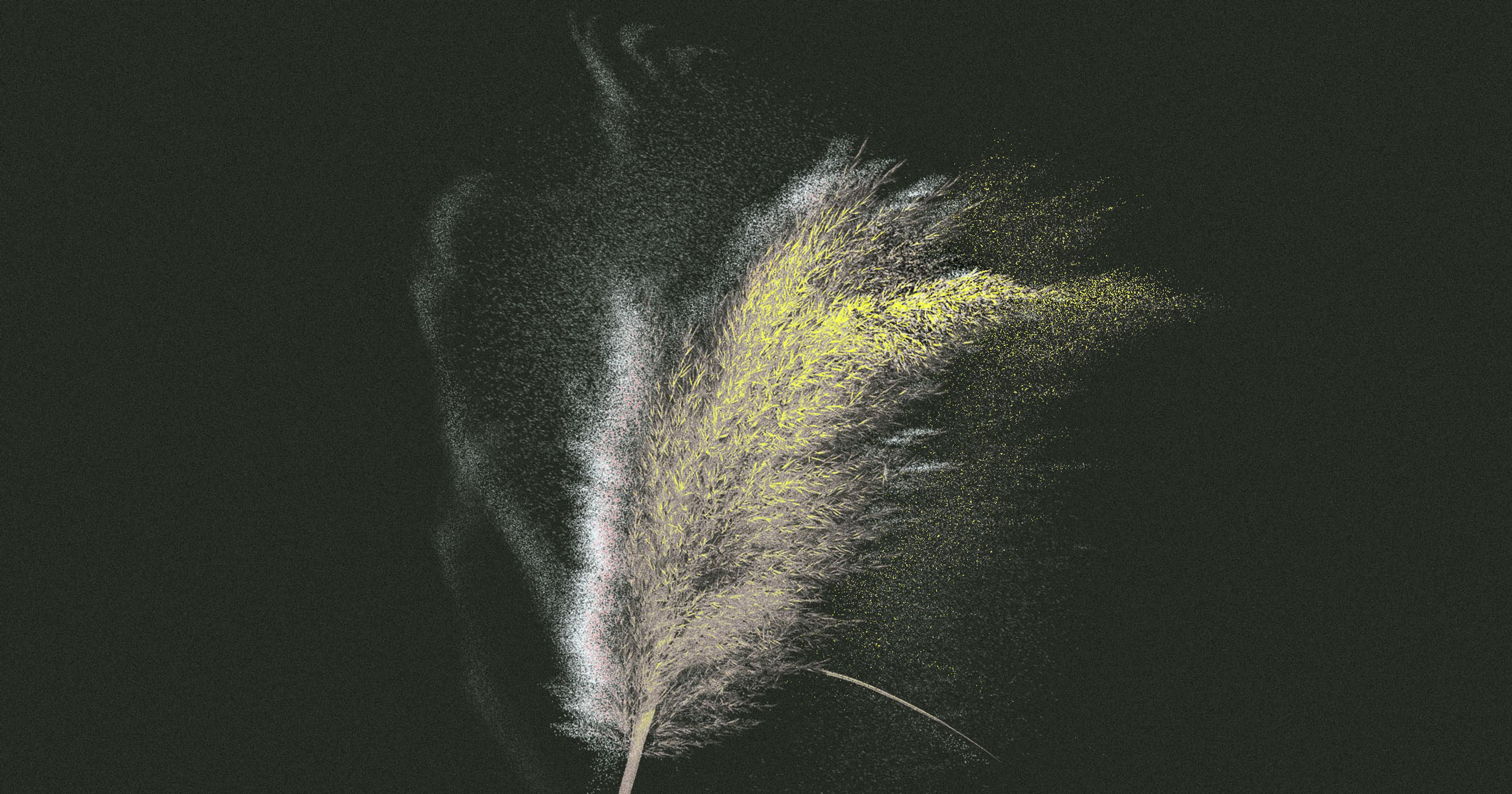The humble black soldier fly has been a chicken feed staple for years, but it’s only recently that researchers realized their untapped potential to convert waste into natural fertilizers and pesticides.
You walk into a dim room, lit only by the soft purplish hue of bug lights. Immediately a smell similar to ammonia hits your nose. You look around and notice racks of trays full of what appears to be dirt. But upon closer inspection, the brownish soil seems to rise and fall ever so slowly.
This is a black soldier fly (BSF) farm. And at first glance, these insects look like just about any other fly: about a half-inch long, jet black (minus their legs and a small white patch on their back), and flitting around. You’d probably swat one if it landed on you.
But BSF farmers and researchers believe these unglamorous flies have a lot to offer the world of agriculture and beyond — especially when it comes to the waste their larvae can produce.
Meet Frass
“I started working with black soldier flies in 1998,” said Jeffery K. Tomberlin, D-ABFE Professor and AgriLife Research and Presidential Impact Fellow at Texas A&M University. “And the industry has gone nowhere but up since then.”
Tomberlin was first introduced to these flies for research purposes while working on his PhD. But over the last decade or so there’s been an uptick in interest in frass, the excrement and debris that’s a natural insect byproduct. This is where Chapul Farms, a research company in McMinnville, Oregon, comes in.
Chapul’s team works with BSFs throughout their whole life cycle, which is around 40 days. Once the larvae are five days old, roughly 50,000 are placed in a tray with 100 pounds of food, such as scraps from local restaurants, spent grains from distilleries or breweries, kombucha brewing waste, and just about any other organic matter that would end up in a landfill. They then spend the next seven days eating and excreting.
“During that time they are going through some life cycle changes, like shedding some of their exuviae (outer shell),” said Todd Severson, chief operating officer at Chapul Farms. “And all of that combines into a lovely fertilizer biostimulant mixture that’s called frass.”
In other words, you can have fertilizer in a week.
“There are no shipping costs, it’s a lower carbon footprint, there are little to no heavy metals, and you can reduce food or agricultural waste.”
The frass is then mixed in with soil, in a ratio Severson and his team are still working on. “Over time [the microbes] proliferate,” he said. This means you don’t need to add a ton of frass to your soil.
It’s important to note that the use of frass as a soil amendment is still in the early research stages. And as Laura Ingwell, assistant professor of entomology at Purdue University points out, the current industry of BSF production is centered on larvae being fed a “very optimized diet to maximize the nutritional value.”
For instance, Ingwell explains, if your goal is to use the fly larvae as chicken feed, you’re going to want to give them a high-protein diet — not just your standard kitchen scraps. Whereas if the goal is to produce frass, she explains, you’ll want to exclude items they can’t break down (like corn cobs), manage the feeding times, and monitor soul moisture levels.
With that being said, researchers and farmers alike have some interesting findings.
Natural Pest Control
Take Alexander Butcher, doctoral student at Oregon State University (OSU). He studies horticultural entomology and integrated pest management on specialty crops. Butcher did an internship at Chapul preparing for his PhD and also used their frass in his research at OSU.
One of his main focuses has been on a chemical called chitosan, a derivative of chitin, which is “the amino polysaccharide (sugar) that makes up insect exoskeletons,” he said. And when plants are exposed to chitosan, “it makes them think they are being attacked, so they mount their defenses.“ It operates something like a vaccine. And chitosan is found in frass.
“Frass bolsters the plant’s defenses because it’s been fed with something that’s passed through the gut of an insect,” said Severson. In other words, it acts as natural pest control.
Of course, BSFs aren’t the only creatures with chitosan, explained Butcher. But, “the majority of commercially available chitosan comes from crustaceans,” he said. “So it’s not regionally available in most places.” He also said that crustaceans often contain heavy metals and it’s expensive to remediate those out. Tack on potential shipping expenses from coastal to inland farming regions, and that’s a costly product.
“But what’s cool about frass is it can be made regionally, so there are no shipping costs, it’s a lower carbon footprint, there are little to no heavy metals (depending on what the larvae ate), and you can reduce food or agricultural waste,” said Butcher. “So there are huge sustainability benefits.”
Building Healthy Soil
In addition to offering natural pest control, researchers like Ingwell and one of her master’s students, Catherine Terrell, have also found that soils amended with frass contain higher levels of nitrogen, phosphorus, potassium, and other nutrients, along with varying high levels of organic matter, micronutrients, and soluble salts. (Results varied depending on what the flies ate).
“Organic matter in the soil leads to increases in the microbial community and subsequently an increase in plant growth,” she said. “And broadly speaking, frass performed equally as well as composted cow manure, which is ideally what we would look for,” Ingwell said.
Bryan Berenguer, vineyard management program chair of the Northwest Wine Studies Center at Chemeketa Community College in Salem, Oregon, used Chapul’s frass in the college’s test vineyard starting back in 2022. He concedes they will need a few more growing seasons to fully understand its impact on the vines.
“They take something of no value and create something of value.”
But after adding frass to a weaker block of vines, “We saw growth improvement,” Berenguer said. The grapes from the vines grown on frass also contained “more yeast assimilable nitrogen, which is vital to the fermentation process.”
Others were more indifferent.
Beth Satterwhite runs Even Pull Farms, a small produce and flower farm in McMinnville. She was given Chapul’s frass to experiment with, and she didn’t notice a big difference in the frass plant beds when compared with others planted with different organic fertilizer. That said, “[I]t’s often difficult to note significant differences between crops in an organic system. There are so many factors that impact how a crop fares.”
Others swear by it. Brenda Smola-Foti, owner of regenerative Tabula Rasa Farms in Carlton, Oregon, was also given some frass by Chapul. “The frass is hands down great for building soil,” she said. “Our market gardener uses it whenever he can.”
The Future of Frass
Currently, the cost of frass is keeping farmers like Tabula Rasa from using it as often as they’d like. “It’s very expensive for us,” said Smola-Foti. Researchers like Severson agree that in order to drive costs down, production needs to scale up.
Others like Ingwell agree that large-scale BSF farms are important. But she also thinks we should focus on small-scale or backyard BSF farms. Much of her work centers around urban farmers — what if small-scale BSF incubators were more readily available or people had them in their backyards? Not only would it allow fertilizers to be made locally, but it would save countless pounds of food from ending up in landfills each year.
In that same vein, Chapul is experimenting with mobile units that could take the larvae to wineries during harvest so they could eat the pomace — the spent grape skins, leaves, and stems leftover after pressing. As many in the wine industry know, pomace can be quite expensive and difficult to dispose of. However, if you had more programs like these, farmers could potentially turn their expensive waste into another profit stream.
Additionally, BSFs could potentially be quite useful in waste management. For instance, this this study shows larvae ate human fecal matter with pharmaceuticals and excreted a clean (relatively speaking) frass. Other studies have shown that in certain cases larvae can also eat manure containing E.coli and salmonella and produce frass with diminished amounts of the bacteria.
The industry could go in many directions. But perhaps Tomberlin sums up what people are starting to discover BSFs do best.
“They take something of no value and create something of value,” he said.
